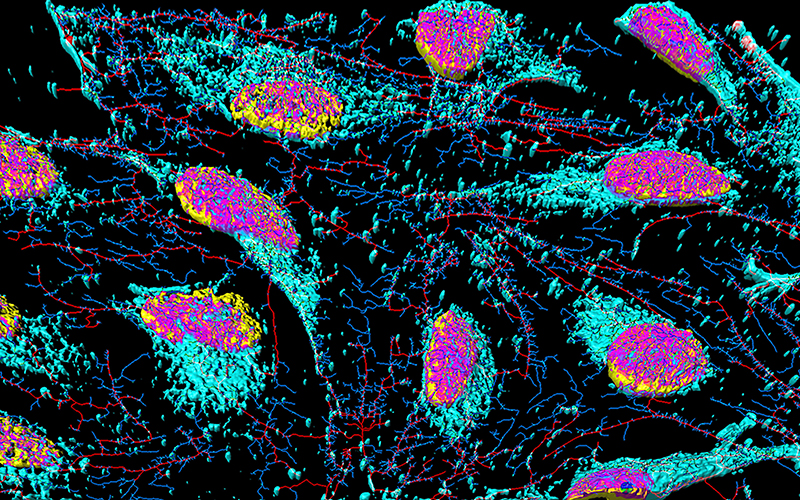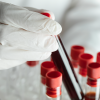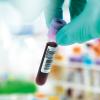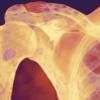In November's Under the Microscope, we focus on the HeLa cell line.

I have heard of this.
Many people will have. It is an immortal cell line that is used in scientific research.
Has it been in the news?
Yes. A life-size bronze statue of Henrietta Lacks, the Black American woman after whom the HeLa cell line was named, has been unveiled at the University of Bristol to honour the 70th anniversary of her cells first being used.
Who was Henrietta Lacks?
She was a young wife and mother who died in 1951 of an unusually aggressive form of cervical cancer. During surgery, a sample of cells was taken from the tumour and sent to a laboratory where they were found to be the first living human cells ever to survive and multiply outside the human body. Henrietta’s cells were taken without her or her family’s knowledge or consent, and it was only in 1975 that, by chance, the family found out about her legacy.
What have they been used for?
They have made possible some of the most important medical advances of all time, including the polio vaccine, chemotherapy, gene-mapping, IVF and cloning. They are used in almost every major hospital in the world.
Sounds like she left an incredible legacy.
She certainly did. Professor Jeremy Tavare, Dean of the Faculty of Life Sciences at the University of Bristol, said: “Many of our biomedical science researchers whose work uses human cells have used Henrietta’s cells in their research or with collaborators, including myself. We all owe Henrietta an enormous debt of gratitude.”
Where can I learn more?
Visit bit.ly/3a6mIkH
Image credit | Shutterstock




